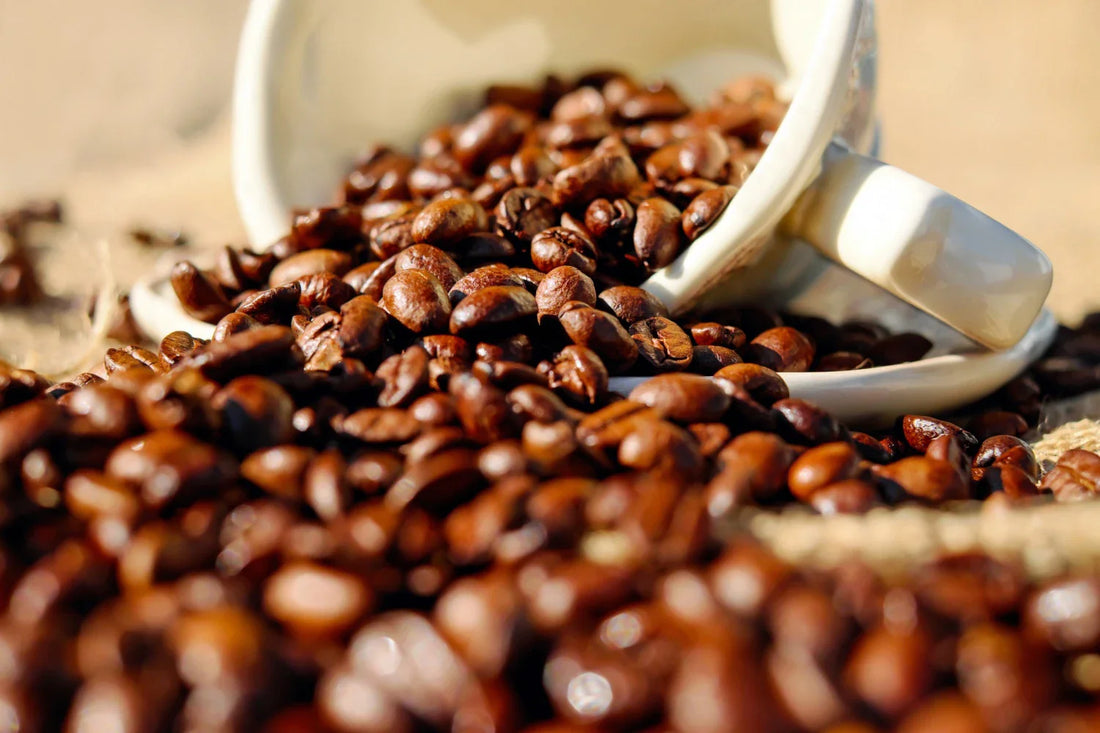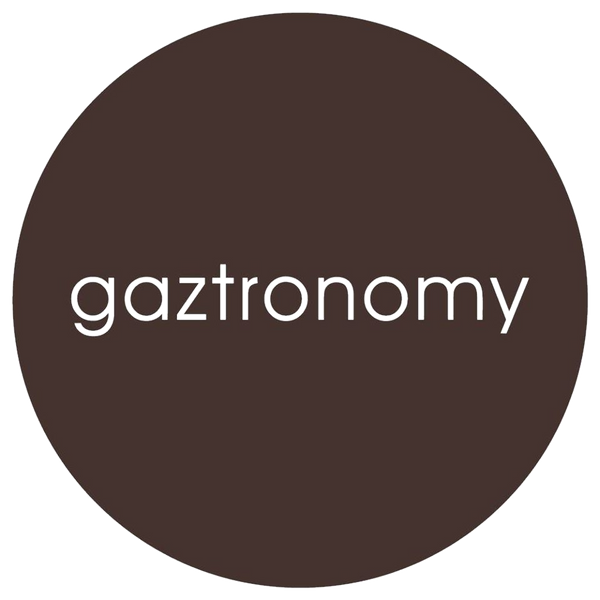
Everything You Need To Know About the Best Italian Espresso Beans
Share
There are over 3,000 coffee shops in New York City. If you walk down any street, find yourself in a shopping mall, or venture into a corner bodega, you'll find another place to buy that perfect cup of java.
That doesn't even take into account supermarkets or the internet! There are countless beans and blends.
If there's such an abundance of choices, how can you make sure you have the best stuff? It all comes down to the beans.
Growing high-quality espresso beans is the foundation of any quality espresso beverage. Only the best Italian espresso beans make a perfect coffee.
Find the beans that best fit your preferences in the following guide. We'll explain which beans you should choose, where they come from, and what to look for when you buy.
A Brief History of Italian Espresso
Before espresso machines came onto the scene, Italians were still drinking coffee. When it was introduced to the country in the 1600s, it became wildly popular as a social drink.
Back then, coffee in Italy was prepared the Turkish way. That involves boiling the coffee with other flavors, like spices. One cup of coffee could take five minutes to make!
Coffee needed to get faster.
The first single-cup espresso machine was created at the start of the 20th century. Thanks to the industrial revolution, it took off. Now cups of coffee could be made in under a minute!
By the 1940s, despite hindered expansion due to the World Wars, cafes across Italy were serving their own espresso.
We still use versions of these machines today. Simply put, espresso machines use pressurization to push hot water through coffee grounds.
It didn’t take long for this near-instant coffee-making method to spread around the world. And coffee culture along with it.
Since it’s now beloved and perfected worldwide, why are Italian beans still so revered?
What's Unique About Italian Espresso Beans?
Just why are Italian espresso beans so popular?
First of all – Italian espresso beans do not mean that the beans originate in Italy. Italy does not grow coffee! Like the rest of us, Italy sources its beans from cultivators across the world.
There are three major coffee-growing regions. These are:
- Africa and the Middle East
- Southeast Asia and the Pacific
- Central and South America
These regions all grow a variety of beans, at different altitudes and in many climates. Once harvested, they are shipped to Italy. So why are they called Italian espresso beans?
Once they’re imported as raw beans, the Italians roast them to perfection. It’s all about the Italian roast.
If your beans have been roasted in Italy, they are Italian espresso beans. Coffee roasters outside of Italy may even use the designation "Italian roast" because they use these same methods. But how do they do it?
How Are the Best Italian Espresso Beans Roasted?
An “Italian” roast is typically thought of as a very dark roast but can be a medium roast as well. Starting as raw green beans, roasters cook them at a high temperature until they take on that familiar dark brown color.
How does each roast affect the flavor of the coffee? To understand the differences, we need to dive into the roasting process.
There is no legal term for an Italian roast. But generally, the temperature sits between 464 and 473 degrees Fahrenheit.
During the roasting process, the bean goes through many changes in color and flavor. Removing the coffee beans at each stage achieves either a light roast, medium roast, or dark roast.
What Is a Light Roast?
A light roast is not typical of Italian espresso roasters.
It involves stopping the roasting process early on, when the beans make an audible popping or sound, known as the first crack. If you remove them at this stage, they still hold much of their unique flavor and the most acidity.
This makes the flavor less predictable. That's because everything from the soil to the climate affects the taste, and it hasn't been cooked out. Caramelization has still happened to give the beans a rich flavor, but it is too sharp and sweet for most coffee drinkers.
What Is a Medium Roast?
A medium roast is more popular. It balances the toasty roasted flavor with that of the individual bean.
That’s why this is so popular for making espresso. The lingering individual taste of the bean can be appreciated. A little acidity is kept, but it’s not overpowering.
Removing the beans any time between the first and second crack achieves medium roast coffee. But even 15 extra seconds at this stage can change the flavor. That’s why roasters have their individual methods down to a fine art.
What Is a Dark Roast?
Dark roasts are typically associated with Italian roasters. A dark roast toasts the beans until after the second crack.
At this point, oils from within the bean start to come to the surface. That's why dark roasted beans sometimes look shiny.
The original beans’ unique taste is harder to identify. But there’s also no acidity left, which is a plus for many. Therefore dark roasts often taste similar regardless of the individual roaster.
The bold, deep flavor created by a dark roast is well appreciated in an individual espresso. But it’s also perfect for cutting through the creaminess of milk in a cappuccino.
What Is an Omni Roast?
If there are only three stages of the roast, what is an omni-roast? This relatively new term just means that the coffee works with all consumption methods. It works for pour-over coffee, in a French press, or in a machine.
Basically, it's a one-size-fits-all light roast. If you want to really enjoy your espresso, we don’t recommend this roast.
Which Bean Is Best?
Technically, all plants with seeds in the Rubiaceae family are producing coffee beans. When it comes to actual consumption though, we generally only drink two. These are known as Arabica and Robusta.
Since Italian coffee took off in the mid-20th century, the debate over which bean is best has been constant.
Arabica Coffee Beans
Within the Arabica family, there are several bean varieties. Each has its own characteristics. And cultivators continue to breed new varieties today.
Typica and Bourbon are the most common Arabica bean varieties. These both create rich, sweet, balanced cups of coffee.
Many subvarieties of these beans exist. For example, the highly prized Blue Mountain coffee is a variety of Bourbon that thrives at high altitudes.
Arabica beans are, generally speaking, more popular than Robusta. These beans are favored for their sweeter, smoother taste. The coffee often has undertones of berries or chocolate.
However, this sweetness often comes with a touch of acidity. For those who dislike that flavor note, there’s Robusta!
Robusta Coffee Beans
Robusta beans are the most common variety of Coffea Canephora.
These beans are often a favorite among cultivators. The plants are hardier and more resistant to disease – good news if you grow coffee! The plant’s hardiness also means it can grow at lower altitudes and in climates that Arabica is too delicate for.
It is thought that this is because of their higher caffeine content. And it’s helped by their naturally high levels of antioxidants. These keep predators and disease at bay.
Yet some feel these factors compromise the taste of the coffee. Robusta tastes earthier, more bitter, and less sweet and acidic. It does produce more crema though!
Robusta is also the cheaper bean, due to its less demanding growing conditions. And its bitterness and high caffeine content keep it popular.
Which are the Best Italian Espresso Coffee Beans?
Ultimately, it’s unfair to say that Arabica is categorically better than Robusta.
As we’ve seen, each has different varieties. And just like grapes and olives, their growing conditions impact their taste. The elevation, soil composition, and climate – just to name a few factors – all affect a bean’s taste.
Likewise, some feel that Arabica can be too acidic. Many prefer the heavy flavor and crema of a Robusta bean. For that reason, it's often favored for making espresso shots.
That’s why many coffee makers create blends. So does it matter whether your coffee is single-origin or a blend?
Single Origin vs. Blends
Single-origin coffee means that every bean came from the same place. So not only are they the same variety of bean, but their growing conditions are identical.
Many coffee aficionados claim that single-origin is superior. That this single flavor makes a better cup of coffee. But we disagree.
Single-origin coffee only has one flavor to work with. Often, it can taste imbalanced.
Coffee blends on the other hand simply mean that different beans are used in the same mixture. Why would that be better?
Much like tea blends, or even a recipe, there is an art to combining flavors.
Arabica and Robusta beans can be skillfully balanced. That way, a coffee blend can be not too sweet, not too bitter, and not too oily.
They can produce a good crema and have a good caffeine level. They can also carry fruity notes. Just as a chef would, coffee roasters have spent decades perfecting these balanced blends.
What to Look For in Italian Espresso Beans
Now that we know we're looking for a blend of espresso beans roasted in Italy, how do we choose?
First of all, look for freshness. Even when well stored, coffee beans lose their magic after a while. Look for the roasting date on the packaging, and buy as fresh as you can.
As we've mentioned, chose a blend as opposed to single-origin beans for the best flavor. Choose a medium or dark roast, depending on your taste.
Because the original flavor of the bean is mostly masked in a dark roast, it is easy to hide low-quality beans in a dark roast. Choosing medium-roasted beans thus means the beans are likely of higher quality.
Ideally, choose a roaster that roasts each blend's bean individually.
In coffee bean blends, each bean origin has different characteristics. These are brought out by slightly different roasting times. Roasters such as Caffè Cartapani, that put in the effort to roast them separately before creating the blend, will produce the best coffee.
What to Avoid in Espresso Beans
Dark roasts bring oils to the surface, but we don't want to be drinking oily coffee. For that reason, we suggest a medium roast.
But if you prefer dark roasts, look for the oil content of the beans on the packaging. Make sure it is low, otherwise the oils can even damage your machine over time.
How to Store Italian Espresso Beans
Freshness is incredibly important. Keep your beans in an airtight container, and avoid buying in bulk - unless you can drink it that fast! For more espresso bean advice, check out our latest blog articles.
Order the Best Italian Roast Espresso Beans Today!
That’s everything you need to know about choosing the best Italian espresso beans.
And don’t worry, we follow our own advice! The coffee we import for you from Caffè Cartapani is a medium roast blend of Arabica and Robusta beans, roasted by experts in Italy.
This medium roast retains the beans’ rich chocolatey and creamy notes. It can be enjoyed equally as an espresso or cappuccino.
Get in touch to find out more!
